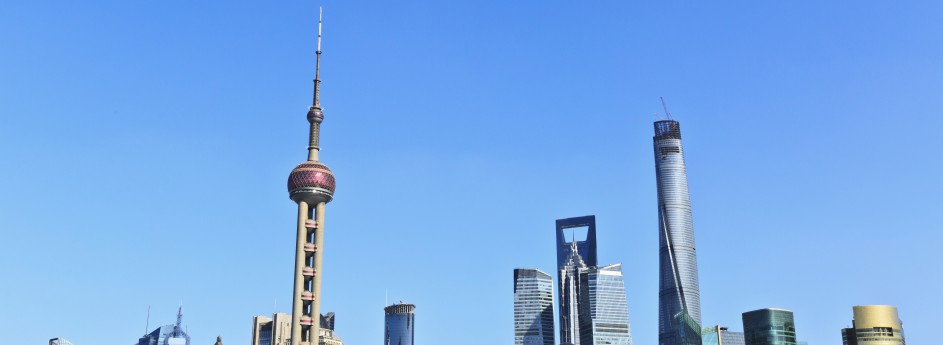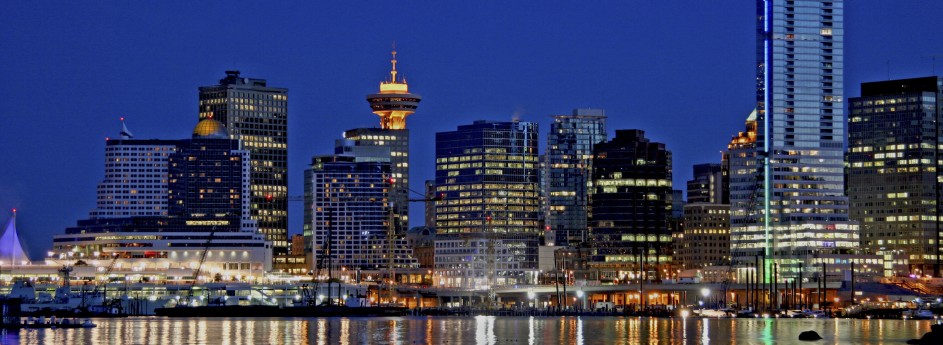China Leads in Installed Wind Power Capacity
PWC on the Global Shale Oil Revolution
Further to a previous post on China’s shale gas prospects, PWC’s latest report Shale Oil: The Next Energy Revolution has something to say about implications for global geopolitics and major oil and gas producers such as Canada. So, Canadians should get off their high horse and get serious about building pipelines to export its crude.
——————
Thanks to such innovations as horizontal drilling and fracking (hydraulic fracturing), the U.S. is currently producing more oil than it has in 20 years. U.S. output now exceeds seven million barrels a day, and that has enabled the world’s biggest oil consuming nation to cut its imports to the lowest level in 16 years.
Since Canada’s crude oil exports are a critical driver of well-paid jobs, royalties, taxes — and ultimately, federal equalization transfers — that’s something that should alarm all Canadians.
Indeed, if current trends continue, the U.S. will overtake Saudi Arabia as the world’s top oil producer by 2017, the International Energy Agency has predicted.
As dramatic as that sounds, we may still be in the early innings of a worldwide shale oil revolution, says a new report by a team of energy analysts at PwC (PricewaterhouseCoopers) in London.
If it spreads, it could have huge implications not only for the North American oil industry and for Canada-U.S. trade, but for the entire global economy. Among the report’s key findings:
Global shale oil output could reach 14 million barrels a day by 2035, accounting for fully 12 per cent of the world’s total oil supplies. (By comparison, Saudi Arabia produces about nine million barrels of oil a day at present.)
The surge in shale oil supplies could lead to lower — not higher — global oil prices down the road. While the U.S. Energy Information Administration (EIA) expects oil to hit $133 US a barrel in real, inflation-adjusted terms by 2035, PwC says the price could be as low as $83 a barrel. That’s about $35 below the current price of Brent crude, the international grade.
Although lower oil prices would hurt major exporters like Russia, OPEC (the Organization of Petroleum Exporting Countries) and yes, Canada (which gets but a passing mention from PwC’s analysts), the net impact on the global economy would be very positive, the report says.
PwC estimates lower crude prices would boost global GDP (Gross Domestic Product) in 2035 by between 2.3 per cent and 3.7 per cent — or roughly $1.7 trillion to $2.7 trillion, in current terms.
The biggest beneficiaries would be major net oil importers such as India and Japan, which could get a GDP boost of up to seven per cent by 2035. The U.S., China, the Eurozone and the U.K. would also see GDP gains of up to five per cent, PwC says.
“The potential emergence of shale oil presents major strategic opportunities and challenges for the oil and gas industry and for governments worldwide,” the PwC report concludes. “It could also influence the dynamics of geopolitics as it increases energy independence for many countries and reduces the influence of OPEC.”
– Edmonton Journal
Canada’s History of Discrimination and Exclusion in Immigration
Refreshing article reminding Canadians of their less than dazzling record in welcoming immigrants of all races and ethnicities.
___________________
Canada has a less than stellar record historically when it comes to immigration policy, having rejected or excluded Indians, Chinese, Jews and Blacks during various periods over the past century.
Today, the country no longer discriminates based on the colour of an applicant’s skin or religion.
But simply having an immigration policy discriminates or excludes certain people in one form or another, says Harold Troper, an immigration historian at the University of Toronto and co-author of None is Too Many: Canada and the Jews of Europe.
The government rejects certain occupations, requires certain language skills, and makes immigration officers available in only certain parts of the world.
Without notice, in 2012, it also arbitrarily rejected a backlog of nearly 100,000 applications, representing 280,000 people, many of whom had waited years to come to Canada.
Every nation’s immigration policy is written through an economic prism — it’s all about what’s good for the country economically, Troper says. That means someone will always be excluded or rejected.
These and other examples of discrimination paint a picture of a country — not unlike others around the world at the time — that was xenophobic and saw itself as an “Anglo-British outpost of British civility,” Troper says.
According to the Canadian Council for Refugees, specific measures taken by immigration officials included: an amendment to the Opium and Narcotic Drug Act to deport “domiciled aliens” with drug-related convictions (directed against the Chinese) in 1922; the prohibition of all Chinese immigrants in 1923; refusal of the ship the St. Louis, carrying 930 Jewish refugees, to land in 1939, forcing it to return to Europe — ultimately sentencing three-quarters of its passengers to death under the Nazi regime.
Perhaps the words of Canada’s Director of Immigration Branch F.C. Blair — held responsible for the policy of not allowing Jews into Canada — best exemplifies the tone and atmosphere of the Canadian government in March 1938. Blair is quoted on the CCR website saying: “Ever since the war, efforts have been made by groups and individuals to get refugees into Canada; but we have fought all along to protect ourselves against the admission of such stateless persons without passports, for the reason that coming out of the maelstrom of war, some of them are liable to go on the rocks and when they become public charges, we have to keep them for the balance of their lives.”
Only after the Second World War did the doors to Canada begin to open — a least a little. According to Troper, officials in Ottawa were reluctant. Immigration authorities had “cut their teeth on the racist, racially-tinged immigration stuff of the 1920s and 1930s,” he explains. And they were in many ways supported by the Canadian public. Troper cites a Gallup poll in 1945 that asked Canadians who they didn’t want allowed into Canada; their first choice was the Japanese, their second were Jews.
Despite these racist sentiments, there were cries for more labour from businesses to meet the needs of a postwar booming economy, forcing Canada to accept more immigrants.
After introduction of the 1952 Immigration Act, there was still room for discrimination. The act allowed for refusal of admission on grounds of nationality, ethnic group and geographical origin, and against homosexuals, drug addicts or drug traffickers.
Not until 1962 did the Minister of Citizenship and Immigration implement new guidelines removing most racial discrimination. In 1967, a points system was introduced and the last of racial discrimination was removed. Since then, the Immigration Act has been revamped and rewritten a number of times, including the most recent changes made by the Conservative Party last year.
– Toronto Star




